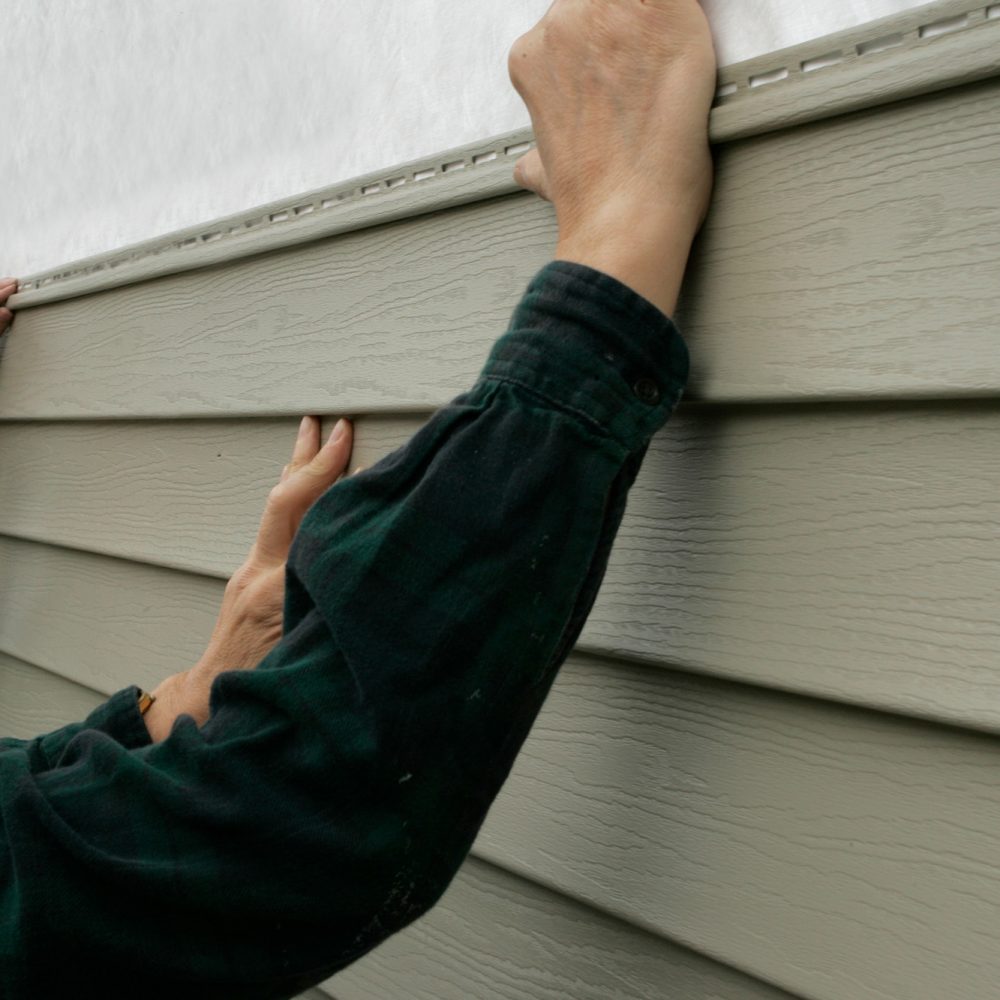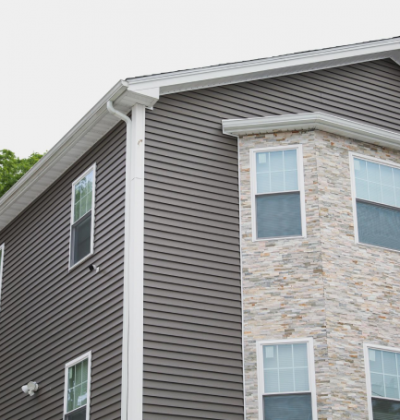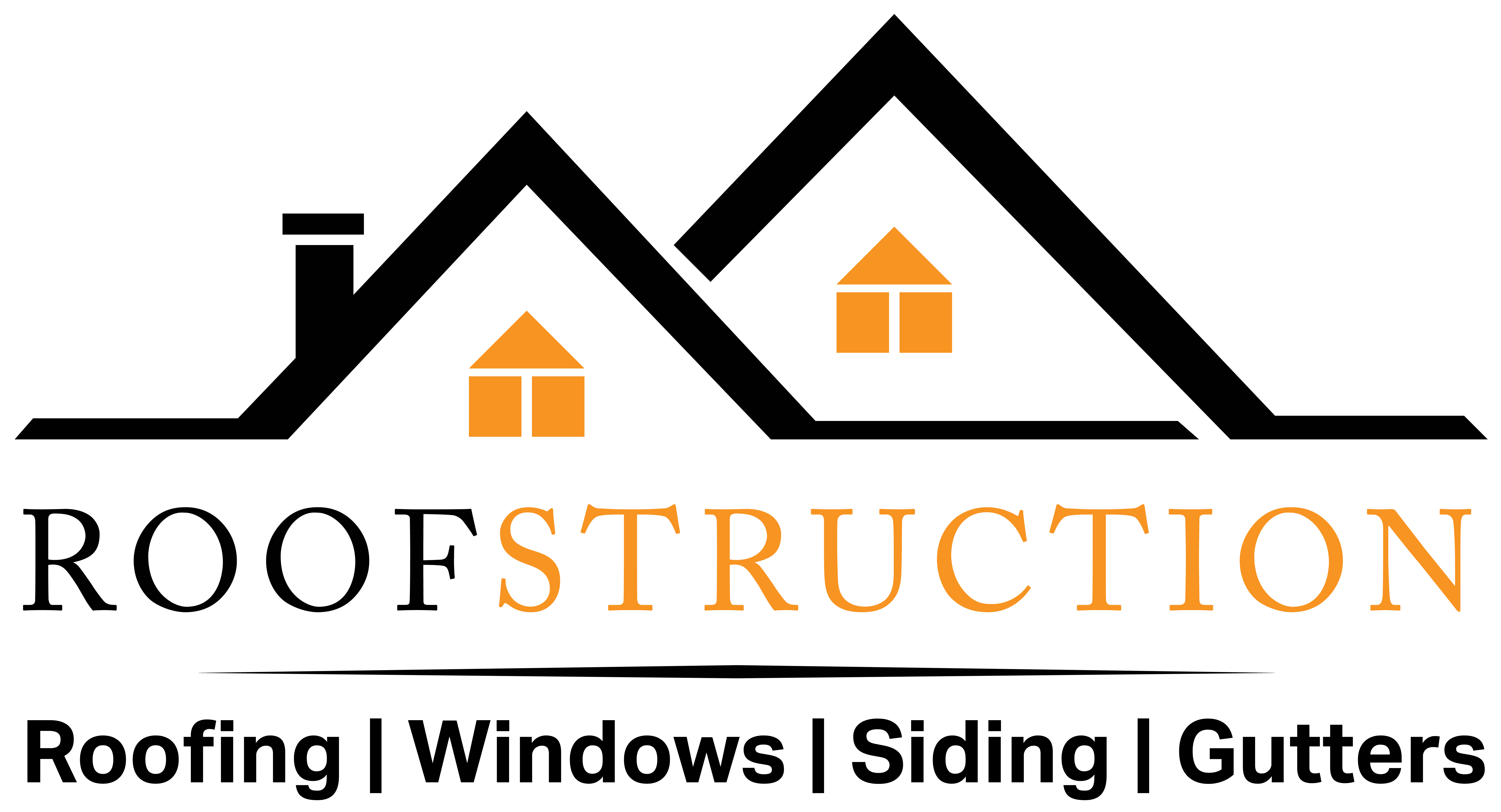Schedule Your Siding Estimate Now!
Top-Quality Vinyl and Hardie Siding Installation Services
Durable & Attractive Solutions For Your Home
- Dedicated to Precision and Excellence
- Crafting Quality Exteriors at Affordable Prices
- Modern Aesthetics, Timeless Durability





Our Reputation Matters
“
“Awesome customer service and Roofers!”
The Siding Installation Experts
Make a Difference With Your Siding
These days, having beautiful siding on the outside of your house can make a huge difference, which is where Roofstruction comes in. With a commitment to excellence, we guarantee a transformative experience that elevates the aesthetics and durability of your exteriors.
Our team at Roofstruction boasts extensive expertise in vinyl and Hardie siding installation, ensuring precision and attention to detail in every project.
We prioritize timely project completion without compromising on quality and our efficient installation process minimizes disruption while delivering exceptional results.
Choose Roofstruction for a siding installation that combines expertise, quality materials, and a dedication to customer satisfaction. Transform your property with Roofstruction – where excellence meets aesthetics.

CONTACT US TODAY
We've Got You Covered!

Let Us Give Your Home the Look it Deserves
The Professional Vinyl/Hardie Installation Process
Our professional process ensures a seamless and durable siding solution tailored to your unique preferences.
- Consultation: We initiate a detailed consultation to understand your design preferences, architectural style, and specific requirements for the siding installation.
- Preparation: Prior to installation, we prepare the surface, addressing any repairs or adjustments needed to ensure a solid foundation for the new siding.
- Installation: Roofstruction executes the installation with precision, following industry best practices to guarantee a flawless finish and optimal performance.
- Completion: We deliver a finished vinyl and Hardie siding installation that not only meets but exceeds your expectations, elevating your property’s overall aesthetics and protection.

What Our Customers Say

CONTACT US TODAY
We've Got You Covered!
Know When its Time for an Upgrade
How to Know When its Time for New Siding
Recognizing when it’s time for new siding is important to maintaining the integrity and curb appeal of your home or business. Look out for these signs that indicate the need for a siding upgrade:
Cracks or Warping: Visible cracks or warping on your existing siding may suggest structural issues and necessitate replacement.
Faded or Peeling Paint: If your siding shows signs of faded or peeling paint, it’s a clear indicator that the protective layer is compromised and requires attention.
Increased Utility Bills: Poorly insulated or damaged siding can contribute to increased heating and cooling costs, signaling the need for an energy-efficient siding upgrade.
Mold or Mildew: Presence of mold or mildew on your siding indicates moisture retention and may necessitate a replacement to prevent further damage.
Rot or Decay: Signs of rot or decay on wooden siding are indicative of water damage, warranting a prompt replacement to protect your property.
Why Choose Us
Prompt Solutions Around the Clock
Our 24/7 availability ensures swift resolution to any gutter installation issues, providing you peace of mind at any hour.
Free Quotes with Every Inspection
Receive complimentary quotes alongside thorough inspections, so you know exactly what to expect with your gutter installation project.
Advanced Technology for Lasting Results
Experience top-notch quality as we employ the latest technologies. Guaranteeing long-lasting performance for your home..
Servicing Greater Raleigh
- Youngsville
- Apex
- Cary
- Creedmoor
- Franklinton
- Knightdale
- Raleigh
- Rolesville
- Wake Forest

CONTACT US TODAY
We've Got You Covered!

